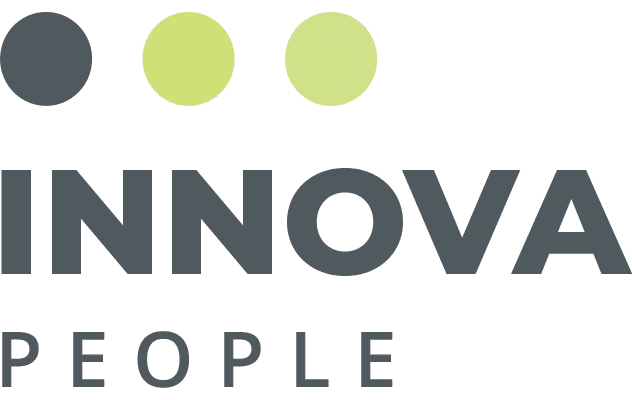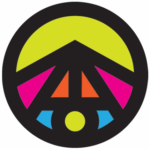Tech industry salaries were up 3.6 % last year to an average of $97 860 despite the economic impact of the COVID-19 pandemic.
The annual Dice 2021 Tech Salary Report features in-depth intel on tech salary and compensation trends across the United States.
The results offer good news for technologists looking to understand their market value better and position themselves for career growth.
Dice administered its 2020 salary survey online among registered Dice job seekers and site visitors. More than 9,000 respondents completed the survey.
Hot Jobs
The occupations and skills that saw the most significant salary increases between 2019 and 2020 helped organizations organize and analyze data, digitize and otherwise evolve their product offerings, and ensure that their organizations remained efficient, profitable, and secure during the pandemic.
Cybersecurity Analysts saw their average salaries increase to more than $103,000, up more than 16%.
The prevalence of remote work likely also impacted Technical Support Engineer wages, which rose to almost $69,000 in 2020, up 8%. As many organizations swiftly reacted to changing conditions on account of the pandemic, the need to develop and implement long-term strategies has positively impacted Business Analyst salaries, which increased 5% to $97,600 in 2020.
Cloud Engineer positions grew more than 6% to $136,500.
As data is becoming increasingly valuable to businesses across nearly every industry, the demand has swelled for those who can successfully analyze data in ways that executives and employees can use to drive growth and business development. Data Scientist salaries rose by almost 13% to $120,000. Similarly, the same trend is seen with Data Engineers. Those responsible for building out and maintaining data infrastructure increased by nearly 5% to $119,00 last year.
Hot Hubs
Salaries in California’s Silicon Valley and Boston rose 2.4%, in line with the national average. But they exploded in several tech hubs:
- Charlotte, N.C., saw a 13.8% rise in salary to $99, 700
- Orlando saw a 13.4% rise to $88,600
- New York City saw an 11.6% rise to $114,275
- Austin, Texas, saw a 9.7% rise to $104, 344
- Philidelphia saw a 9.3% rise to $96, 512
Salaries declined in the Pacific Northwest, Portland, Oregon, saw a 4.6% drop in wages to $98,026, while Seattle saw a 2.6% decline to $106,723
Hub Battle
Texas continues its rise to prominence as a premier tech destination at the state level, with salaries up nearly 6% year over year. This rise is sparking conversations about competition with California – with wages up about 2% – as a primary hub. While both states’ tech centers saw high salaries and steady increases, Texas boasts an influx of prestigious companies – including Oracle and Tesla – building new headquarters.
Are you looking for a career in Tech? Contact us today to discuss our variety of exciting opportunities.



